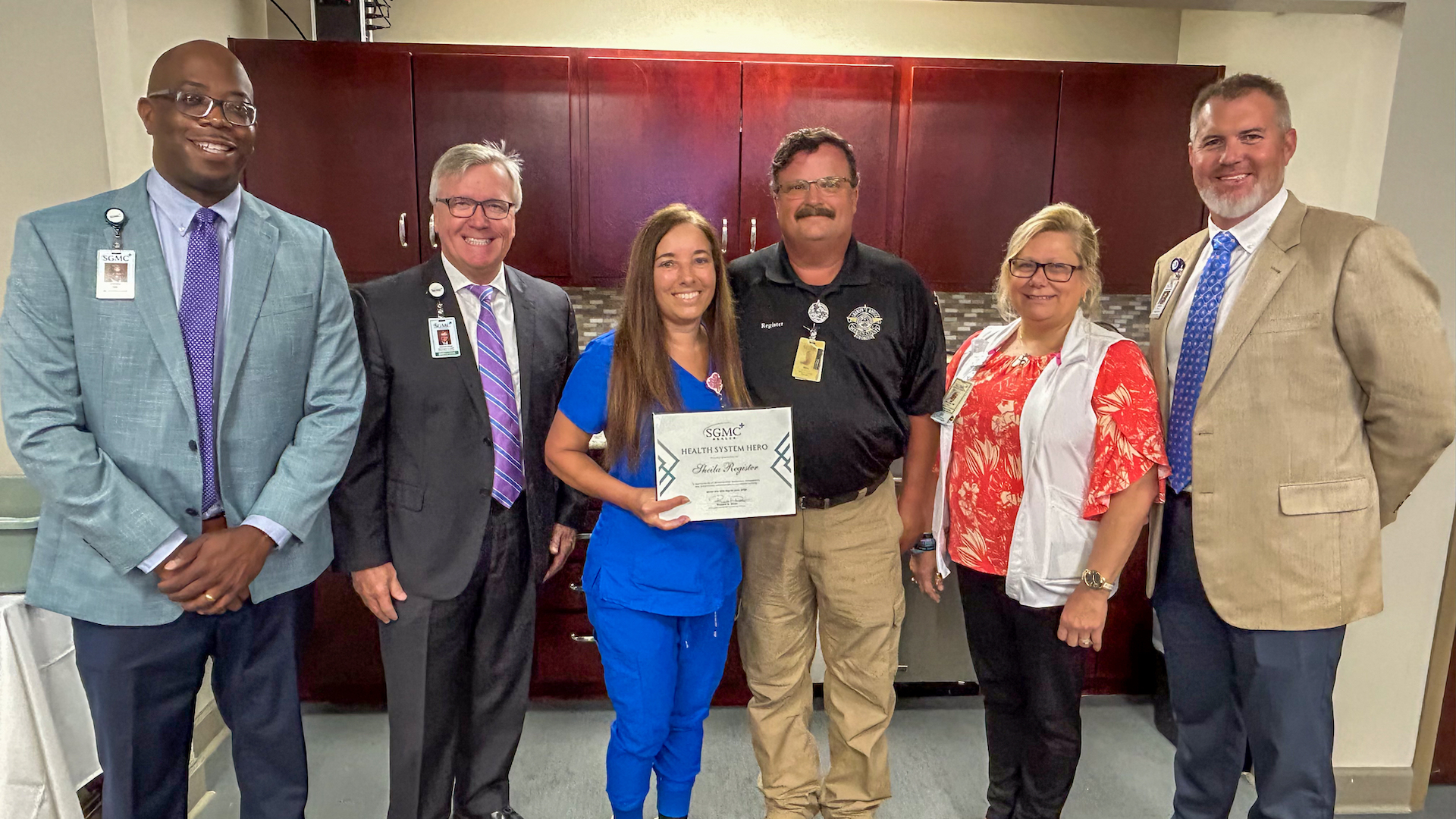Following the Oregon Trail: Missouri through Kansas
Published 9:00 am Sunday, September 24, 2017
Independence, Missouri, was the pioneers’ jumping-off point in the early years of the Oregon Trail. Some came overland, but many arrived via steamboat to begin the trip west.
In the 1840s, Independence was already established as a major trade center on the Santa Fe Trail. When the pioneers arrived at Independence Landing, they reassembled their wagons and journeyed six miles south to Independence Square where they acquired supplies, made repairs, and joined other emigrants to form wagon trains and head to Oregon or California.
It was also to be the starting point for our own journey.
In planning our trip following the Oregon Trail, we decided to cheat a little. Rather than driving the entire distance, we flew to Kansas City, Mo., where we rented a car that we dropped off in Portland, Ore. We considered driving roundtrip from South Georgia to Oregon City, Ore., but the dread of a long slog back to South Georgia won out.
We chose to fly home from Portland.
After picking up a rental car in Kansas City, we headed for Independence Landing, which proved a major disappointment. The small overlook park was unkempt with tall bushes and young trees obscuring views of the Missouri River. The park is on corporate property and a security guard told us the area had been abused by youths who left trash and undertook some questionable activities.
From the landing, we drove south to explore Independence Square with its historic 1830s brick and stone courthouse centerpiece.
After exploring the square, we headed to the nearby Nation l Frontier Trails Museum that offers exhibits, a bookstore, and a decades-old, but excellent film about the history of the trails.
Wagon trains headed for Oregon departed from the square along the existing Santa Fe Trail that led southwest out of present-day Kansas City. Following this route, we stopped at Minor Park, a 27-acre city park that preserves some excellent depressions, or swales, created by the thousands of wagons that passed through here.
Minor Park in Kansas City, Mo., preserves a few prominent swales resulting from thousands of wagons near the Blue River crossing.
What a joy for us to take our first stroll along the exact path of the emigrants as they headed to their new lives.
The trail through present-day Kansas followed a gentle arc to the northwest. Despite several difficult creek and river crossings, this portion of the 2,000-mile journey offered plentiful water and grass for livestock, and would prove tame compared to the rivers, deserts, and mountains.
Modern-day roads zigzag in the general direction of the arc, but the trail itself is often some distance from the paved roads.
Depending on how closely one wants to follow the original path, dusty and rough gravel roads may be included in the modern trip. Even with a rented Subaru Outback, we tended to remain on paved roads.
While unrelated to the Oregon Trail, the beautiful state capitol building in Topeka was our first major stop in Kansas. The free, guided tour provided an excellent history of the building that was returned to its original beauty following a 13-year renovation.
One of the trip’s best stretches in Kansas is 10 miles of dusty gravel road beginning outside the town of St. Marys. The road directly overlays the trail and passes beside the Oregon Trail Nature Park with an artistic silo and a trail overlook. A little further on, the Vieux Cemetery contains the grave of Louis Vieux, Sr., a Potawatomi Indian chief who owned a toll bridge over the Red Vermillion River. His toll charge was one dollar per outfit.
Just south of Westmoreland, Kan., Scott Spring served as a popular camping spot where the pioneers had access to spring water. A roadside park offers a replica wagon with oxen plus information boards, one of which includes the cost of a wagon — $85 — wagon cover — $100 — oxen — $200 for 8 — and other supplies and food needed by the pioneers.
A gravel road near the town of Blue Rapids, leads to Alcove Spring, one of the most enjoyable stops for travelers following the Oregon Trail. Today there is little water flowing from the spring, but the stop itself is a must. Here we saw where pioneers once forded the Big Blue River and where we walked along swales made by thousands of wagons and oxen that passed through.
Now, it is on to Nebraska and the Great Platte River Road.
David and Kay Scott are authors of “Complete Guide to the National Park Lodges” (Globe Pequot). Visit them at mypages.valdosta.edu/dlscott/Scott.html. The Scotts live in Valdosta.





